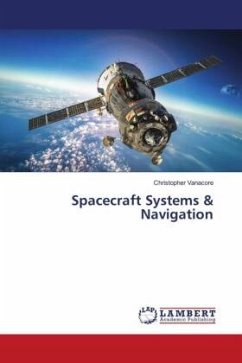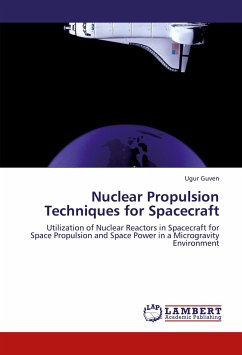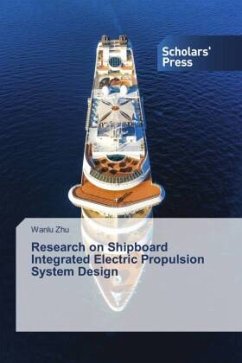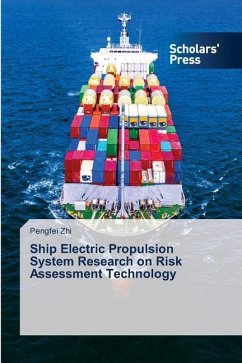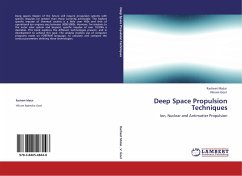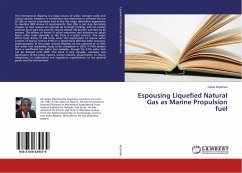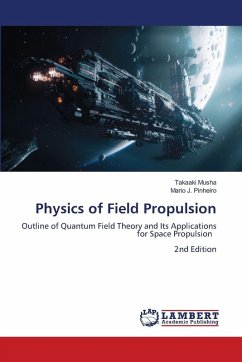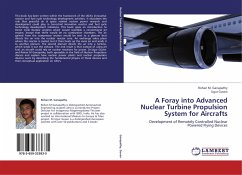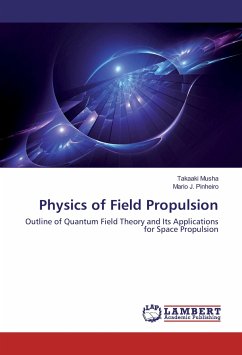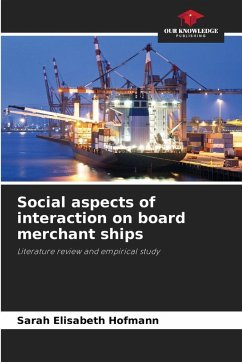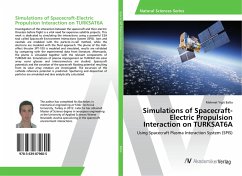
Simulations of Spacecraft-Electric Propulsion Interaction on TURKSAT6A
Using Spacecraft Plasma Interaction System (SPIS)
Versandkostenfrei!
Versandfertig in 6-10 Tagen
36,99 €
inkl. MwSt.

PAYBACK Punkte
18 °P sammeln!
Investigation of the interaction between the spacecraft and their electric thrusters before flight is a vital need for expensive satellite projects. This work is dedicated to simulating the interactions using a powerful ESA tool called Spacecraft Environment Interactions System (SPIS). Ions and neutrals are modeled with the particle-in-cell method, while the electrons are modeled with the fluid approach. The plume of the Hall-effect thruster SPT-100 is modeled and simulated, results are validated by comparing with the experimental data from literature. Afterwards, the plume is simulated togeth...
Investigation of the interaction between the spacecraft and their electric thrusters before flight is a vital need for expensive satellite projects. This work is dedicated to simulating the interactions using a powerful ESA tool called Spacecraft Environment Interactions System (SPIS). Ions and neutrals are modeled with the particle-in-cell method, while the electrons are modeled with the fluid approach. The plume of the Hall-effect thruster SPT-100 is modeled and simulated, results are validated by comparing with the experimental data from literature. Afterwards, the plume is simulated together with the relevant components of TURKSAT-6A. Simulations of plasma impingement on TURKSAT-6A solar array cover glasses and interconnectors are studied. Spacecraft potentials and the variation of the spacecraft floating potential resulting from its solar array rotation are investigated. The excursion of the cathode reference potential is predicted. Sputtering and deposition of particles aresimulated and also analytically calculated.





